Cyberpunk 2077's Night City: inside the design eras, the communities, and how they affect the player
If you had to describe cyberpunk visual style, what would you say?
It’s easy to gravitate toward streets of neon signs reflected in rain-slick concrete, and people in tight layers of cropped, boxy techwear with ubiquitous cybernetic enhancements geometrically scored into their skin.
In some cyberpunk fiction - outside of minor differences to try and convey the themes of corporate dominance and social inequality - these ideas are often liberally applied to everyone and everything in the world, creating a homogenous setting that’s dominated by one style, like it was all thrown up at once.
More successful examples though, try to reflect the organic growth of their cyberpunk societies by coding its backstory into the fashion and architecture of its citizens. It’s this approach that CD Projekt Red is taking with Cyberpunk 2077.
“They’re roughly similar [in size],” Marthe Jonkers, senior concept artist at CD Projekt Red, says about the six districts of Night City, “but really different in style so you’ll always recognise where you are the game. For instance in The Witcher you had these different areas, like Skellige was really Scandinavia, and we wanted to do the same thing here because the city would get boring very quickly if you only had the same sort of buildings.
“Every district has its own personality. Because we have this immense amount of lore and background from Mike Pondsmith’s Cyberpunk 2020 - and he’s this walking encyclopedia of information about the Cyberpunk lore - we could really use that to create these districts as a base.”
The visual identity of Cyberpunk 2077 is made up of four distinct eras: Entropism, Kitsch, Neo-Militarism, and Neo-Kitsch. Although they appeared in that chronological order, certain districts and social groups in Night City adopt aspects from each as signifiers of wealth, or out of necessity.
“They are really the backbone of the visual design of the city,” Jonkers explains. “Because real cities also have many different layers of architectural styles, many different vehicles from different ages riding around, fashion - not everyone’s wearing the same. We wanted to have that as well in Night City, so we created this timeline that connected the styles together.”
Entropism
The first of the design eras, Entropism, is typified by “necessity over style”, and draws its roots from a period of austerity following a global financial crash earlier in the Cyberpunk lore.
In 1994 clandestine currency manipulation and stock market fraud in the United States rocked confidence enough to cause a worldwide recession. The resulting economic hardship ushered in a time of ultra-utilitarian design where nothing could be wasted.
Buildings in the style of Entropism are old, grey, and decrepit, and appear in areas where people can’t afford to modernise.
“It was a time when people were very poor, it was a very tough time,” Jonkers says. “So their design was very practical, it wasn’t about looking great, it wasn’t about decoration, it was about pure practicality, using cheap materials, things are very cornered, and a colour palette that’s really subdued.”
Kitsch
As society began to recover after the stock market crash, people looked for a way to brighten up the grey world they’d become accustomed to.
Kitsch was a popular counter-cultural movement against the austerity of Entropism, an expression of happiness and recovery in a period of relative excess typified by bold colours, bright plastic, and accessibility. If you’re seeing more rounded shapes, and colours like yellow and turquoise, then you’re looking at Kitsch.
Neo-Militarism
This period of free expression wasn’t to last however, as power-hungry corporations swung in to take advantage of weak and corrupt governments to seize control for profit.
“In the city centre, which is very corporate, you’ll mostly see neo-militarism,” Jonkers explains. “This is a time when the corporations were very powerful so it impacts the style of the people.”
Neo-Militarism is separated from the austerity of Entropism by its sleek and domineering aesthetic. It’s power dressing for the already powerful, and has an air of practical luxury. Unsurprisingly, this pillar also includes the various organised militias of Night City, who wield their imposing appearance as a weapon of intimidation.
Neo-Kitsch
Finally, the most recent, and one of the most interesting, design eras is Neo-Kitsch.
Where the original Kitsch era was marked by its accessibility, Neo-Kitsch is the opposite. This is the look of the ultra-rich appropriating the surface-level aesthetic of Kitsch without acknowledging its cultural motivation, warping it into a statement of abject wealth.
While it has a similar colour palette to the earlier era, Neo-Kitsch incorporates natural fabrics into its clothing and things like wood and marble into its architecture.
“In Neo-Kitsch they use these natural materials because that’s the most expensive stuff you’ll find in Night City,” Jonkers says. “If you see someone walking around with animal print that has to be Neo-Kitsch. It’s the most recent style that most rich people are wearing because animals are really rare in Night City, most are extinct.
“If you have an animal skin it’s almost unaffordable, we tried to connect the timeline with the wealth of people, the type of people, and create these four styles and mix them in the city. With that we designed all the districts as well, the richer districts will have more of the recent styles, the poor ones more of the older styles.”
Different Districts, Different History, Different Styles
All four of these styles appear to varying degrees around Night City, but that doesn’t mean that every area is bound to be a perfect representation of one or the other.
Each of the six districts have been shaped by their history, the people that live there, and their culture.
Pacifica, the southernmost district in Night City, is run by the Voodoo Boys.
“We know that Pacifica, for instance, was supposed to be a resort area where they built all these hotels, there’s this mall, and there’s this ferris wheel,” Jonkers says. “But then the corporations that were spending money on it hit an economic crisis and they withdrew all the money and left it.
“Then the Haitian community came and thought, ‘you can still live here and it’s good that the corporations got out because we can make something nice here’. So they went to live there, and you have this story and background that’s suddenly very unique.
“We have this for every district," explains Jonkers. "Watson is another district that we showed in the first demo. Watson was at one point in history heavily damaged by an earthquake, so after that they rebuilt, but on top of each other. So what you now have is a very crowded district with towers and narrow alleyways and streets - a completely different atmosphere, but there’s this story behind it.”
Each of the cultural groups in Night City layer their own identities on top of the underlying design eras, creating unique spaces for each faction to inhabit. In the Gamescom demo of Cyberpunk 2077, you can see this in the Voodoo Boys’ occupation of Pacifica.
“They have their own visual language, and you can recognise that,” Jonkers explains. “If you saw the demo again maybe you’d notice how they decorate the area around them, the symbolism they use, the graffiti they use, it’s very specific to them. We gave almost everyone their own visual language. That works really well because the architecture might be entropism, but then you see this layer of decoration that marks it as Voodoo Boys hideout.”
Street Samurai
The main exception to all of this is V.
Separate from the gangs and corporations, your customised player-character is an outlier with nothing that overtly ties them to another group.
"Well you’re a Cyberpunk, that’s for sure," Jonkers says. "So you are an outsider in the sense that in the game you might engage in relationships with people or work with some gangs but you will never be affiliated to anything."
While you can align yourself more closely to certain organisations through backstory choices and role play, the player has their own distinct visual language. This leaves V as a blank slate for you to shape, and sets them apart from everyone else in the game's personally-motivated story.
"We really wanted you to be free", Jonkers explains. "Because as a cyberpunk you’d never ever be part of a group, you’re really your own. I also think that in Cyberpunk we want to tell a really personal story. We noticed in the Witcher as well that it resonates with people when they experience a personal story.
"For us it’s most important that you have themes like trust, or betrayal, or friendship and have this very personal story with the character you created, it’s not about saving the world, but more about saving yourself. That’s the approach that we want to take with this game."
Cyberpunk 2077 is due out on April 20, 2020 on PC, Xbox One and PS4. There are rumours that it might be a cross generation game that also lands on next-gen hardware.
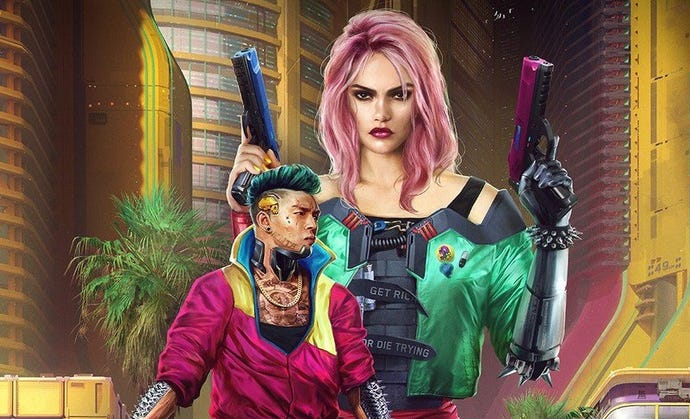

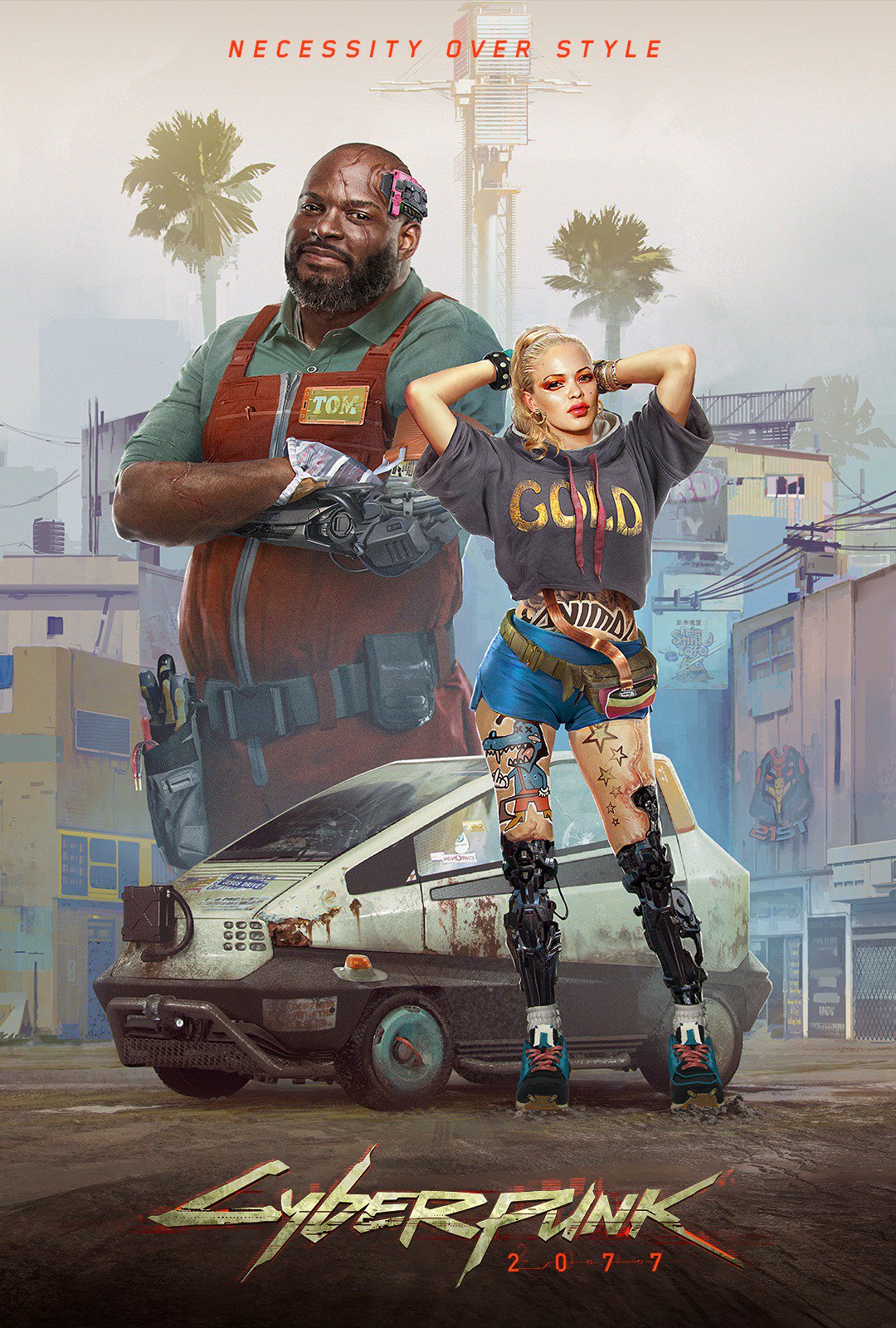
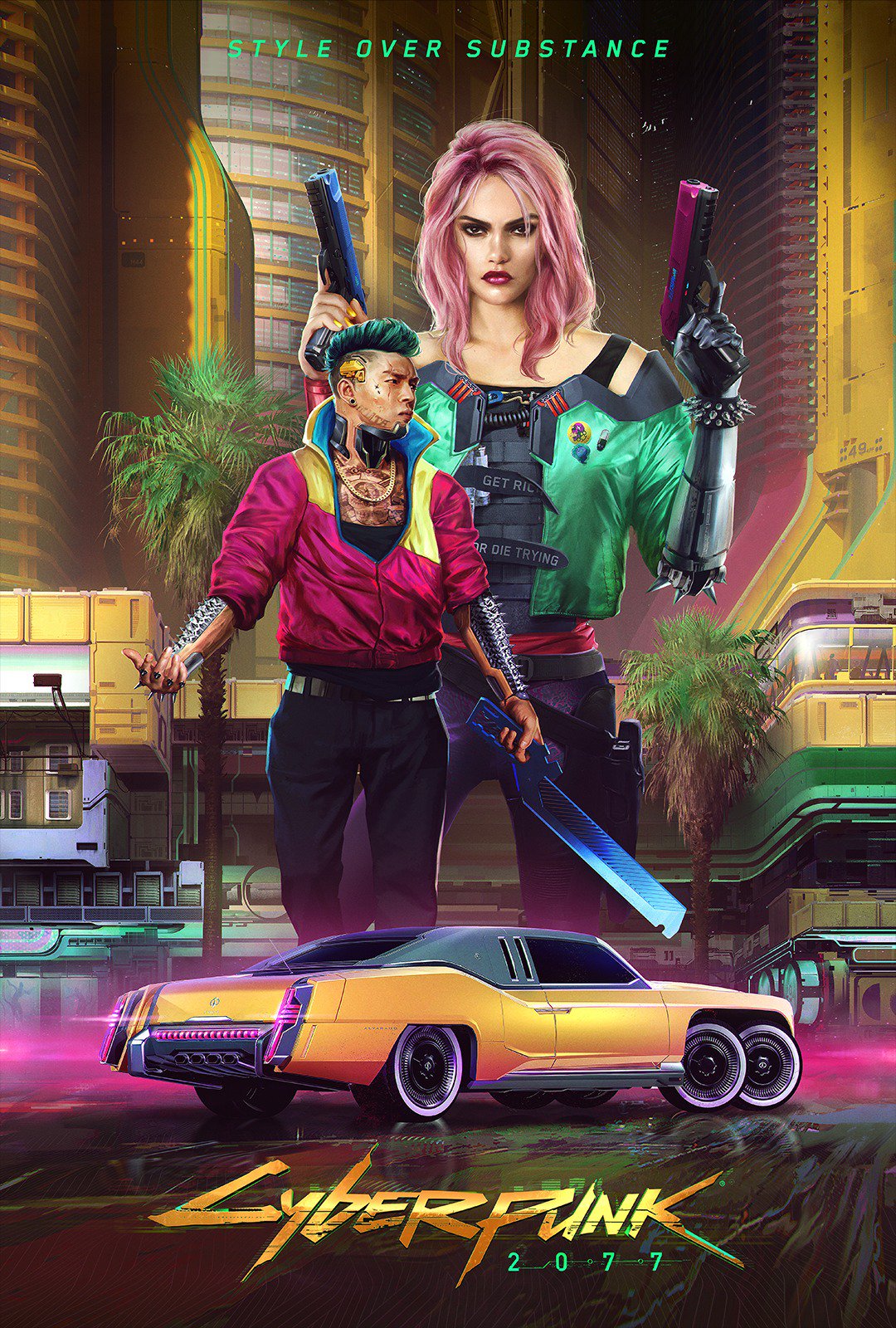

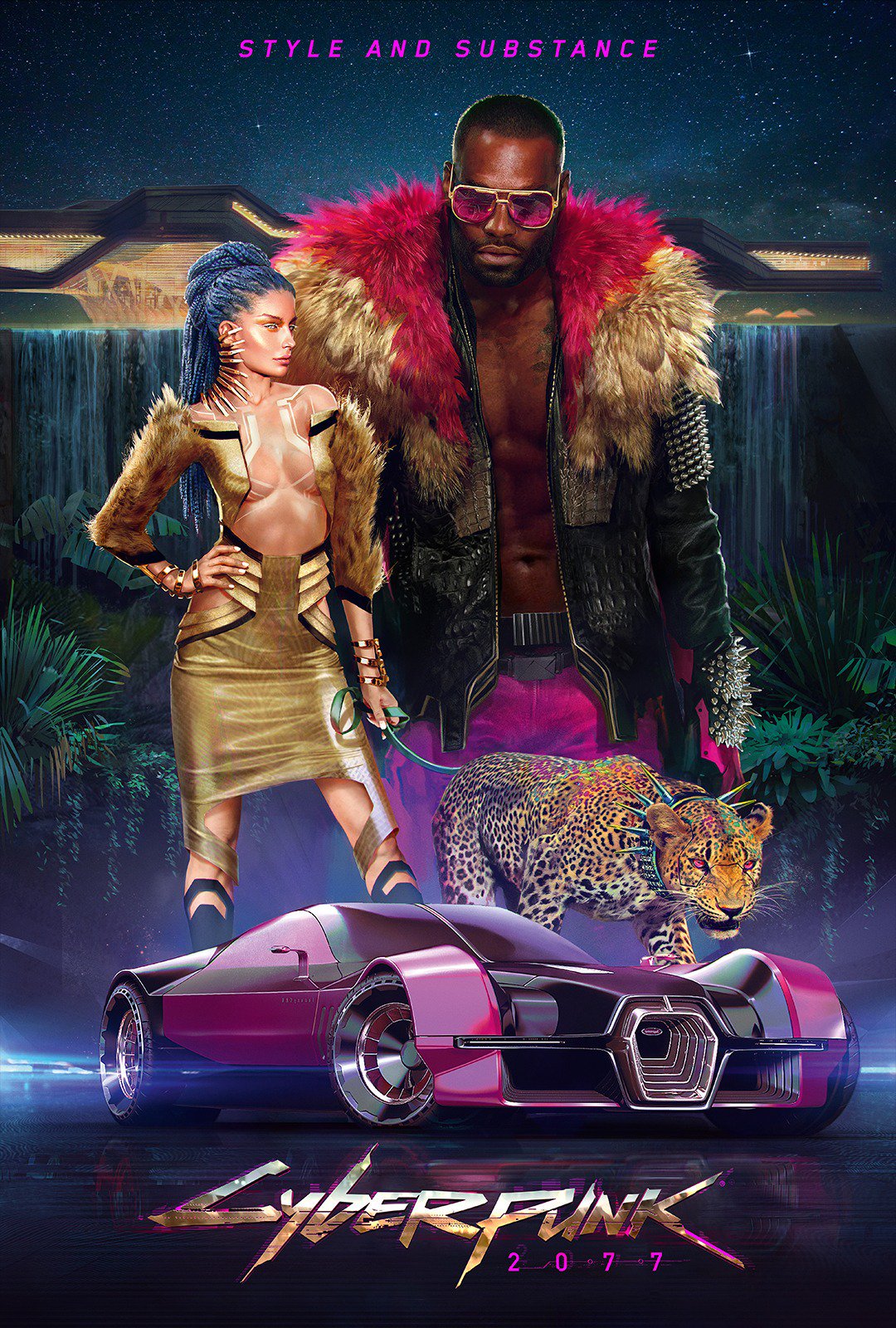
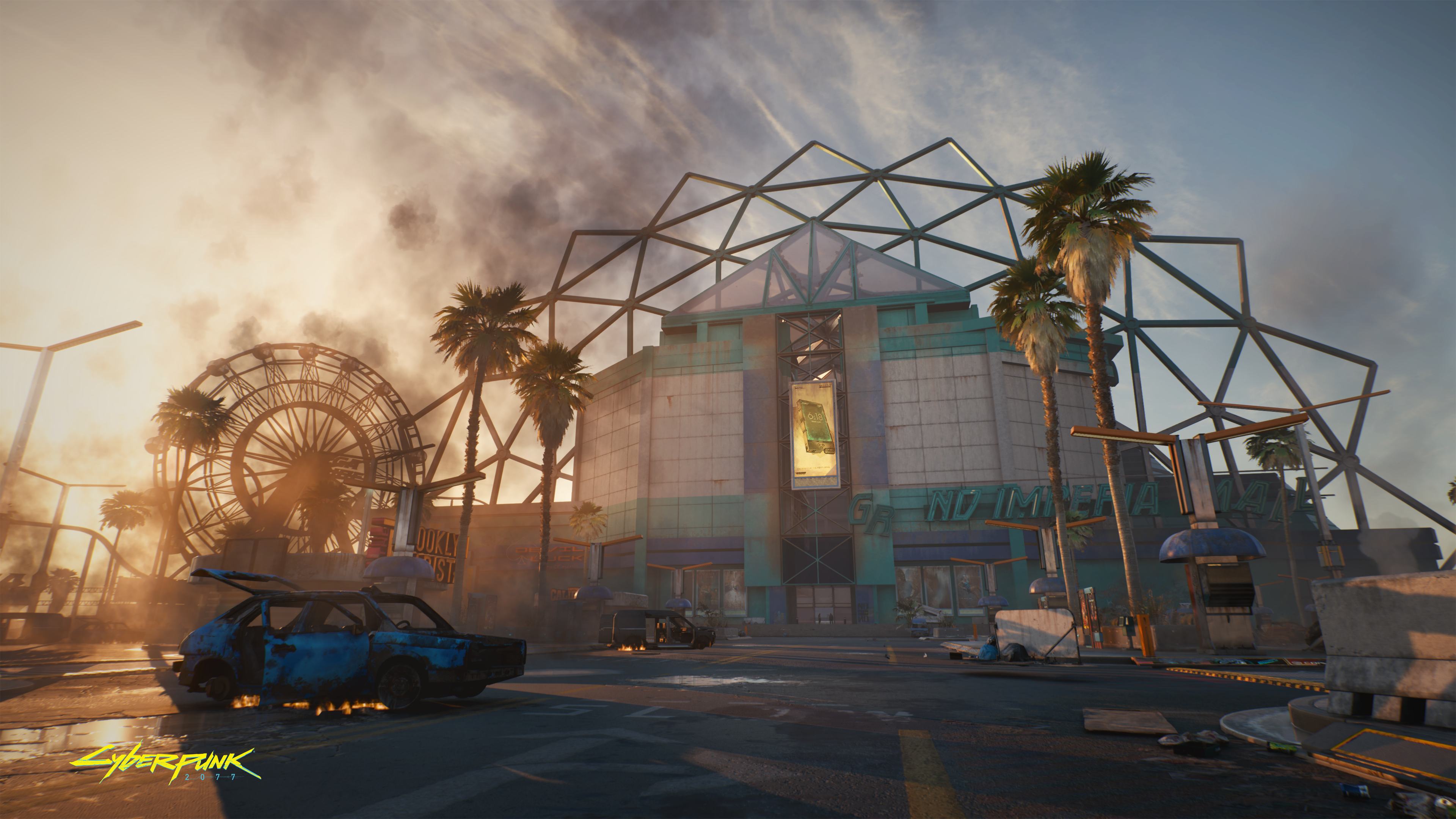


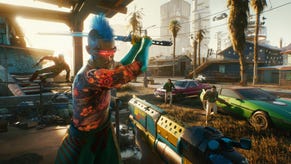









_ddwYK80.png?width=291&height=164&fit=crop&quality=80&format=jpg&auto=webp)



